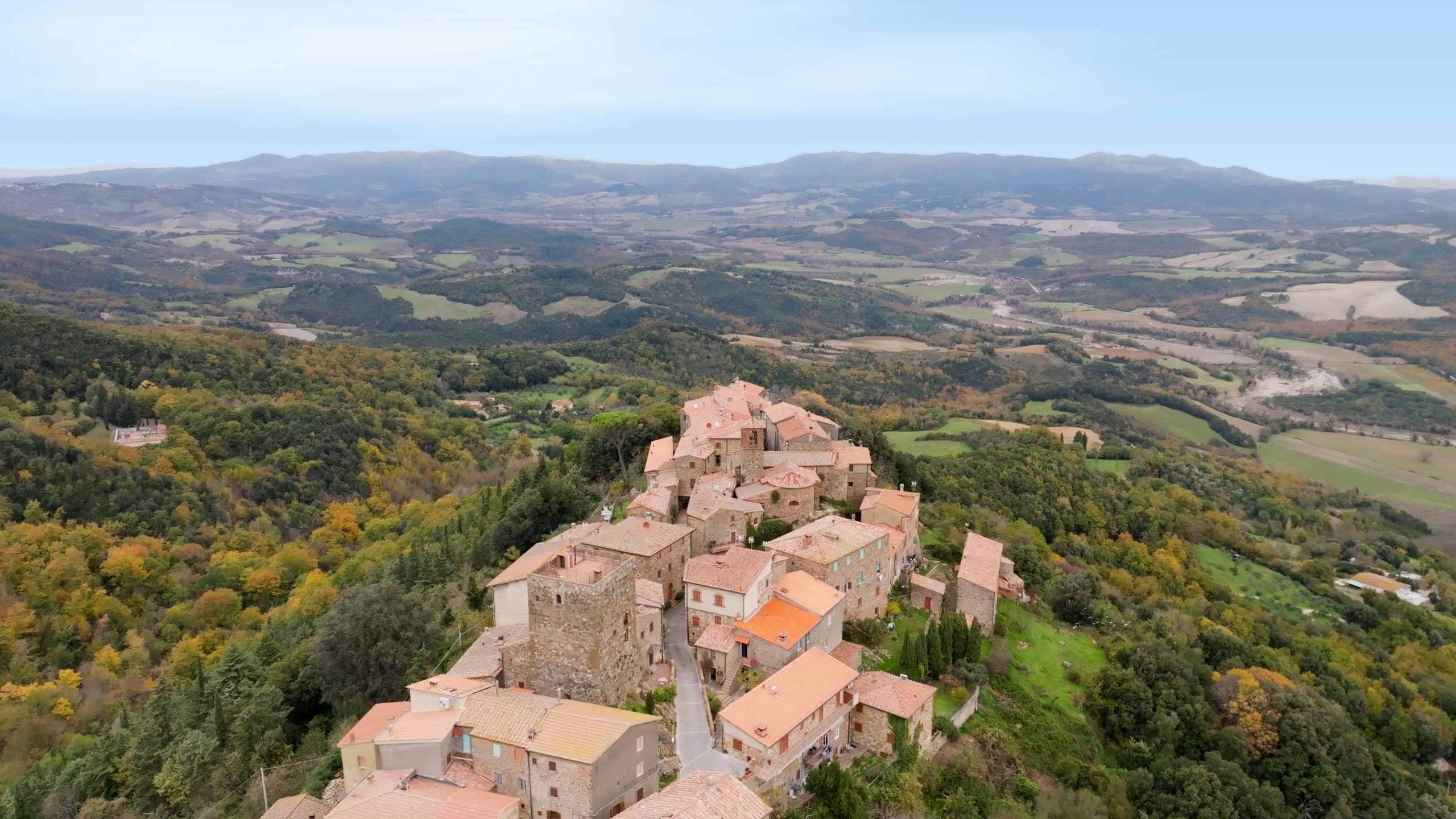Among stone alleys and horizons that embrace the sea, Sassa narrates centuries of history with the intact charm of a timeless village.
(Sassa)

Among stone alleys and horizons that embrace the sea, Sassa narrates centuries of history with the intact charm of a timeless village.

A charming medieval village perched on the spur of a hill, Sassa dominates the valley of the Sterza stream, facing east with an ancient and silent gaze.
From the top of the Poggio al Pruno, which towers above the town, the gaze opens onto an immense panorama: the sea can be seen, much of the Tuscan Archipelago is embraced and, at the foot of the hill, the famous cypress avenue which reaches from Bolgheri to San Guido, sung in Carducci's immortal verses.
The earliest written records of the village date back to the 1008, when Count Gherardo sold half of the masseria houses he owned in a place called Sassa, in the cope of San Giovanni di Casale. In 1208, Sassa came under the rule of the Municipality of Volterra. It was perhaps at this time that the centuries-old dispute between the municipality and the bishop also ignited here, despite the fact that the castle of Sassa had been officially assigned to the Bishop of Volterra by Enrico VI with a diploma dated 1186.
Even today, the village retains its ancient architectural structures, dominated by a massive keep, which probably formed the keep of the ancient fortress.
The village church, enlarged at the end of the 18th century, today presents a special double apse.
The oldest part is the central body with the external apse. Inside there are two altars:
Of great artistic interest is the baptistery, made of mottled pink marble. It consists of a rectangular column surmounted by a semi-column, adorned with an astragal with acanthus leaves,an elegant and refined sculptural detail.
